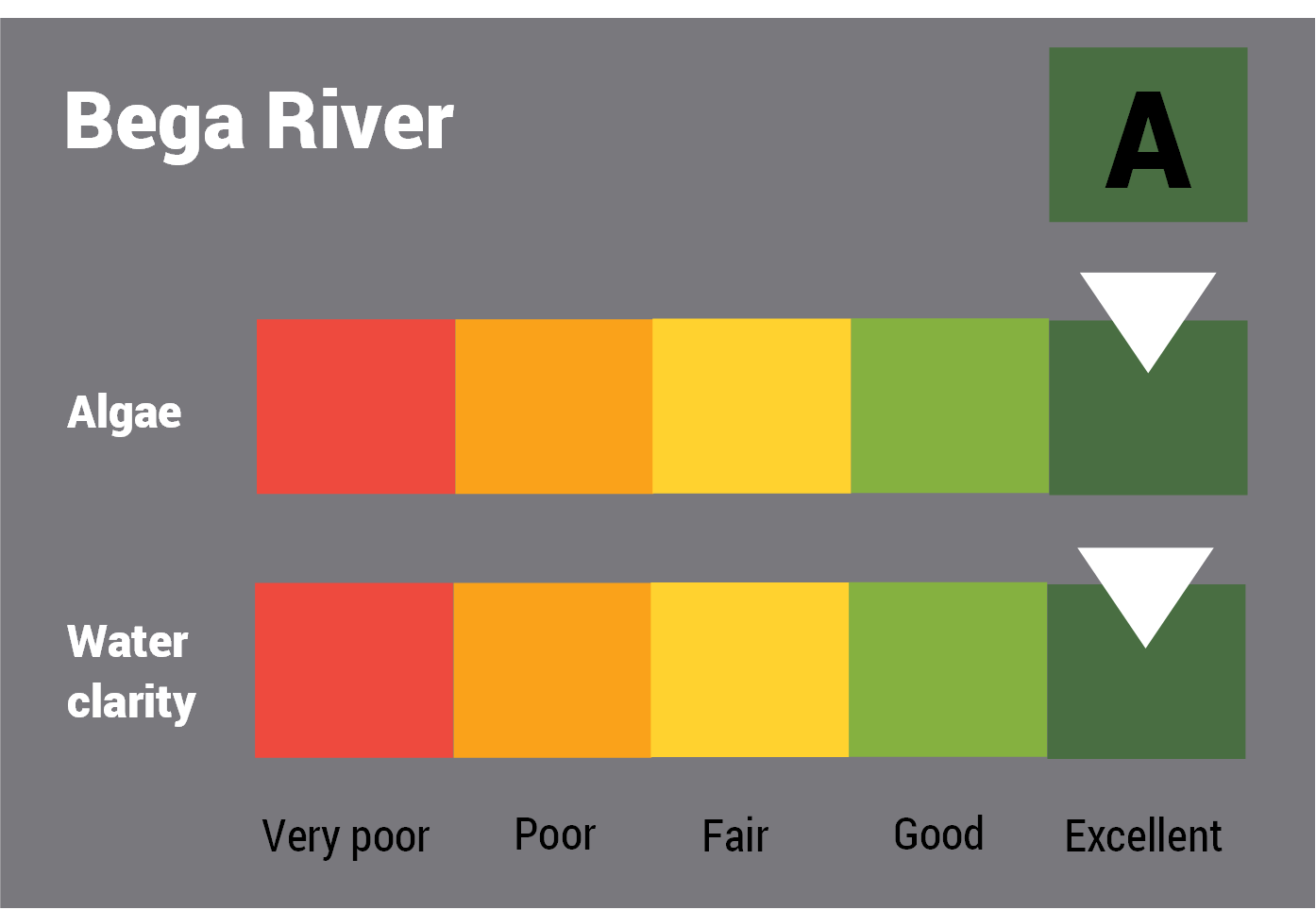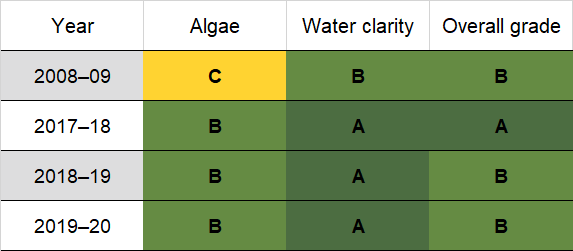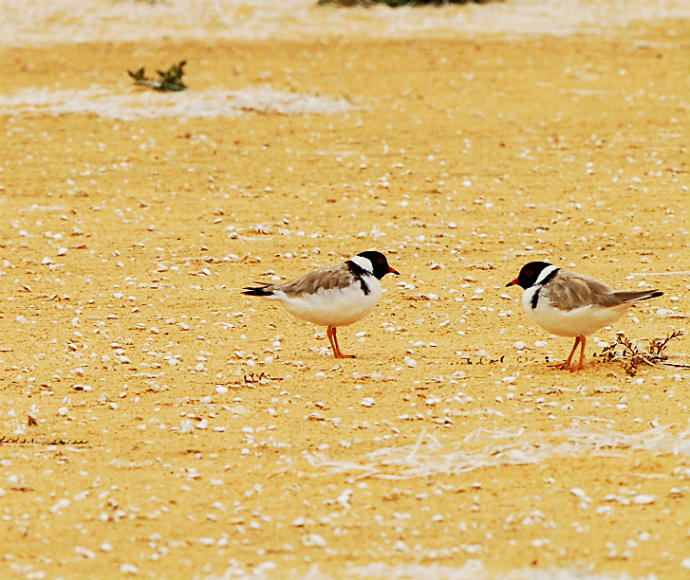Bega River is located on the far south coast of New South Wales, east of the township of Bega. It is classed a barrier river estuary with an intermittently open entrance. The estuary enters the ocean at Mogareeka Inlet.
The main tributaries for Bega River are Brogo River, Upper Brogo River, Bemboka River and Tantawangalo Creek. The area is popular for recreational activities such as fishing and boating.
The estuary supports important habitat including wetlands, seagrass beds and saltmarsh areas. Three wetlands in the Bega River Catchment are listed in the Directory of Important Wetlands in Australia: the Nunnock Swamp, Bega Swamp and Wallagoot Lagoon.





